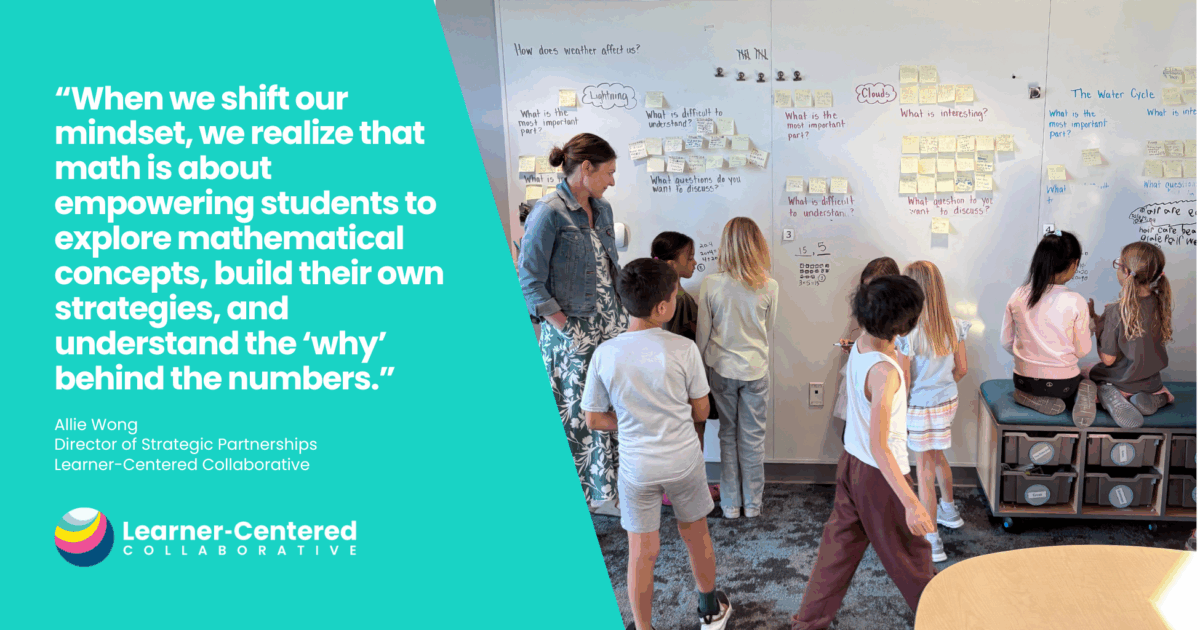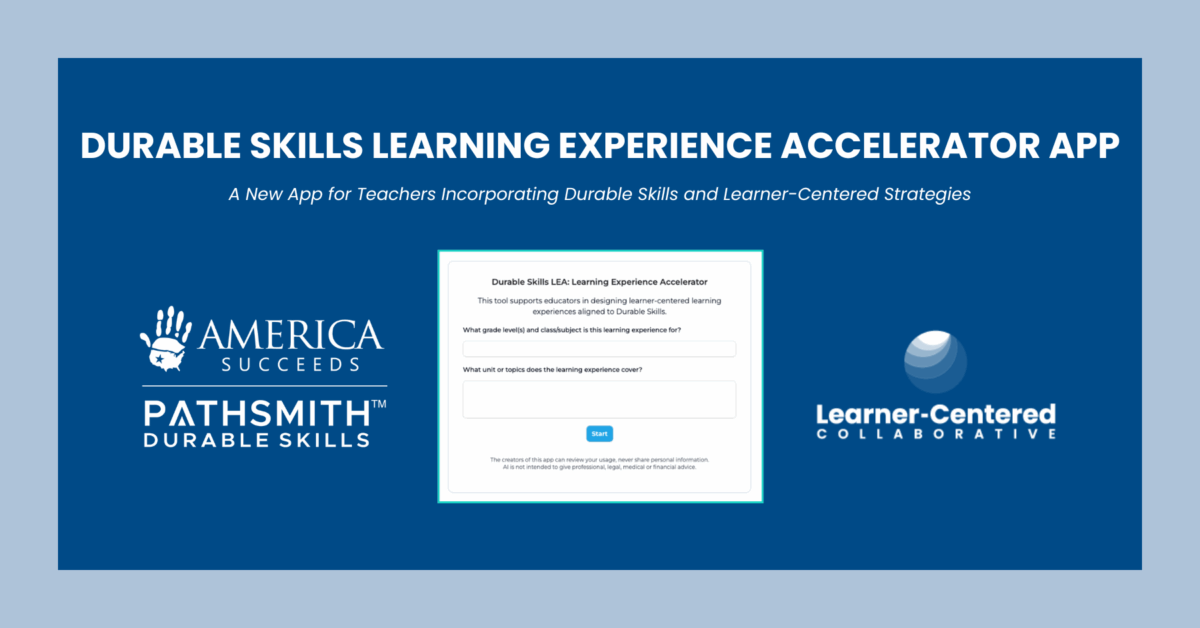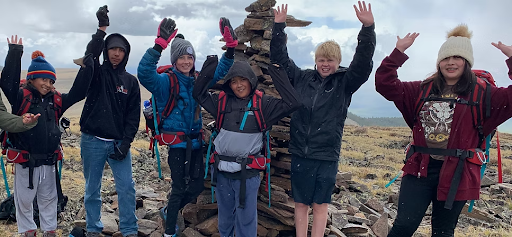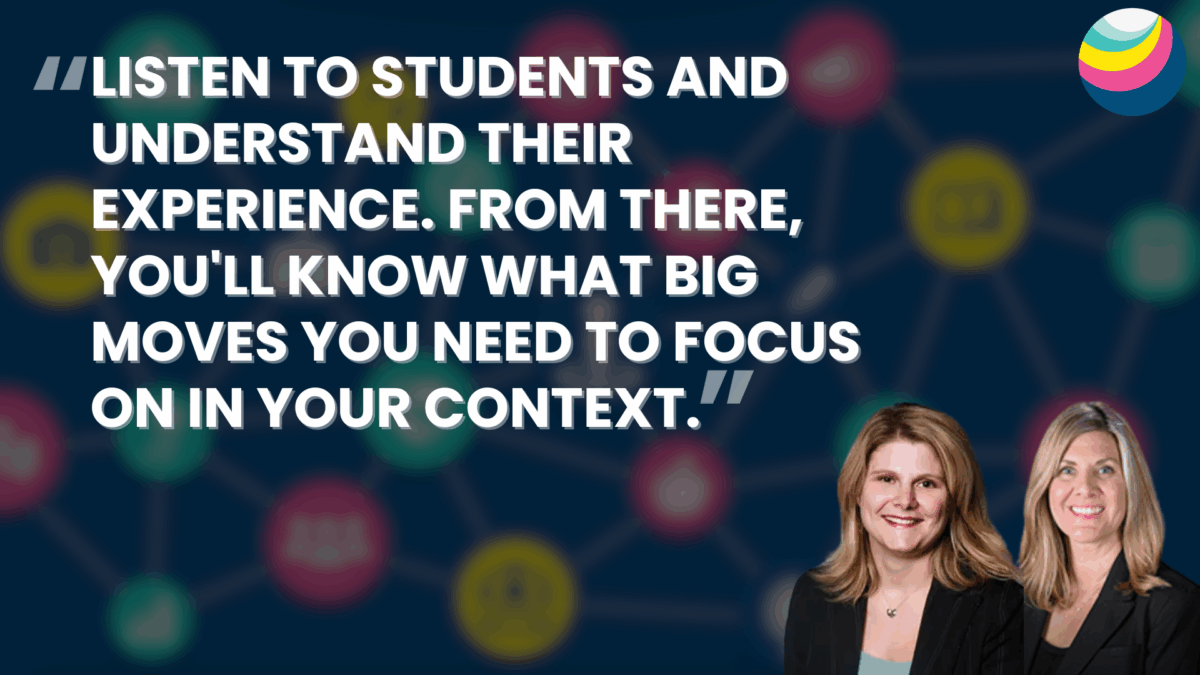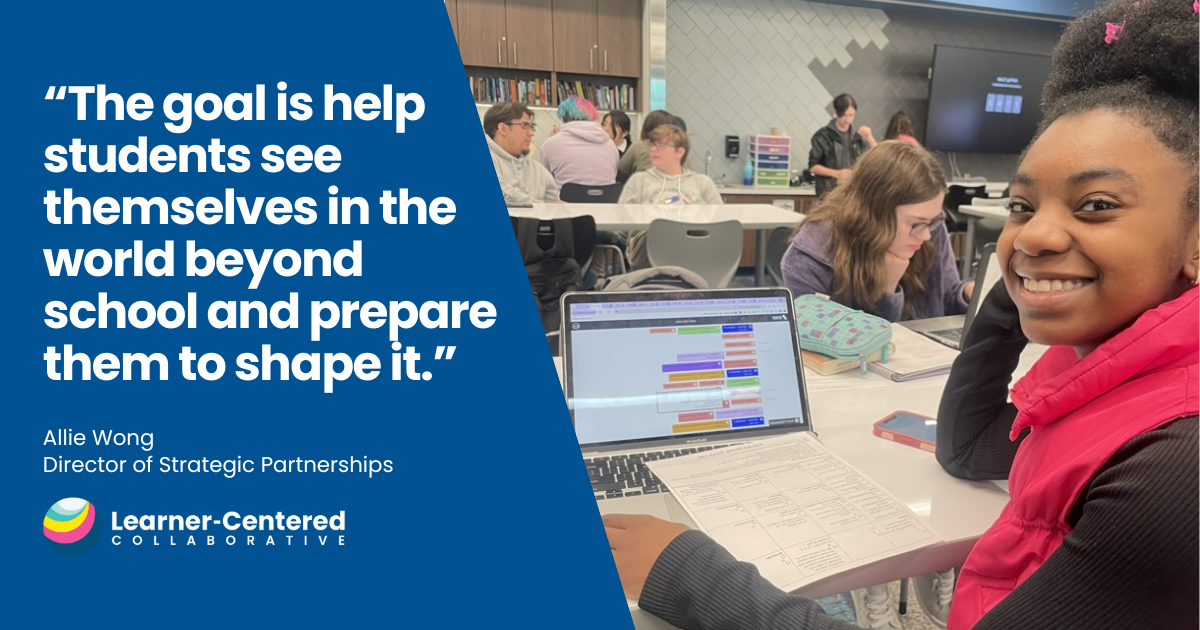When Learning Is Authentic
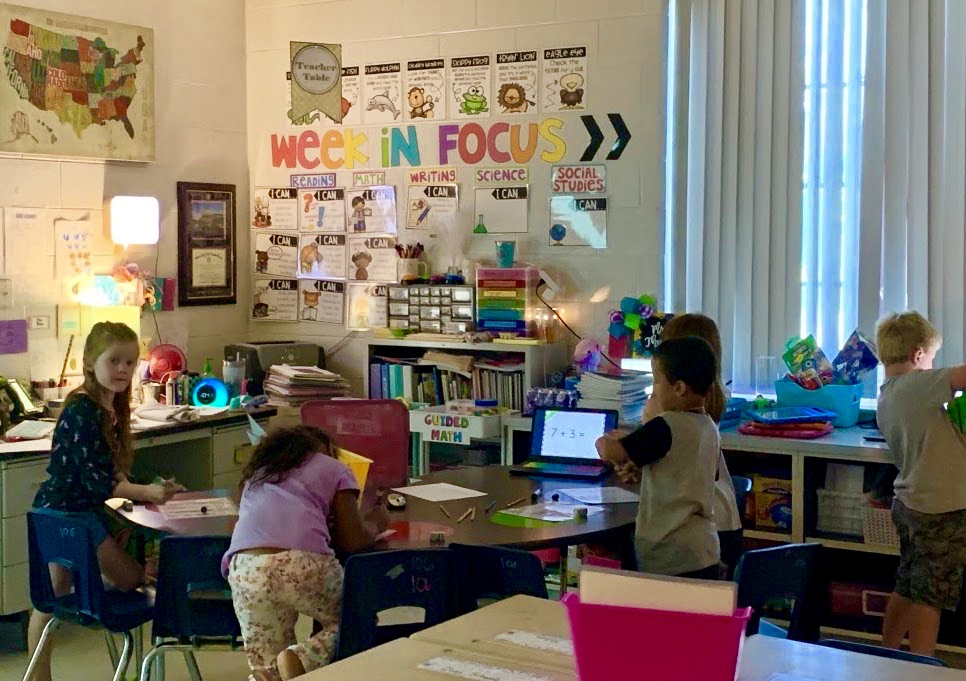
Think back to a time when you were learning something new that really stuck with you and made a lasting impact. How did you learn new skills? What were the conditions? What resources did you use? Why?
As I work with diverse educators and talk with students about their own powerful learning experiences, there are common characteristics that surface, including:
- personal connections,
- opportunities to exert agency,
- clear goals and accountability,
- an inquiry-based approach,
- collaboration,
- authenticity,
- productive struggle,
- use of models, and
- time for critique, revision, and reflection.
Katie Martin outlines the characteristics of an ideal classroom in her book “Learner-Centered Innovation.” Download the chapter
Yet far too often we are focused on cramming for tests, covering textbook materials, averaging grades within isolated courses, and memorizing facts and figures apart from real-world application. All of these practices correspond to a one-size-fits-all approach, which is too fast for some and too slow for others. The challenge I see today is that there is a misalignment between what we know—and have experienced as powerful learning—and what we actually do in schools.
Creating alignment between authentic learning experiences and what we do in school is a critical aspect of a learner-centered model. It gives purpose and relevance to the knowledge and skills that students are learning and focuses on application rather than memorization.
When we focus on learners we can create experiences that ignite curiosity, develop passion, and unleash genius. Learner-centered practices including PBL, community-based learning, real-world problem-solving, experiential learning, work-based and place-based learning, student portfolios and exhibitions, maker-spaces and design-centered learning focus on how we learn. I am continually inspired by the many educators who work within the confines of an outdated system to create authentic learning experiences for their students while simultaneously pushing the boundaries to create new and better systems.
Connecting Our Aspirations to Practice
Lewisburg School: Creating Better Citizens
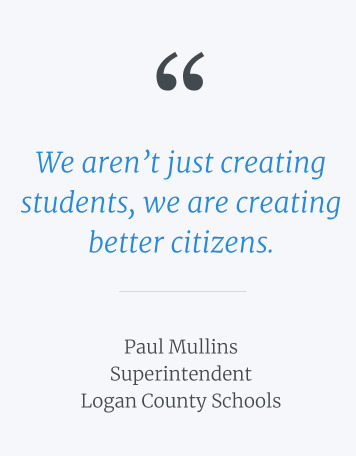
Lewisburg is a K-8 school in rural Kentucky where students engage in both exploratory programs to gain exposure to different experts and community members, and do their own passion projects to explore ideas that interest them and solve problems that they find important. Speaking to the middle school students, many of them shared how they loved the Ranger Academy where all students were able to choose topics of interest for exploration, such as sewing, building, cooking, and community service projects.
They completed several student-led projects. One group shared that they had put on a fundraiser to raise money for Ally, a student who needed support for a health condition. Three girls put together a program called New Kids on the Block to ensure each new student had a person to connect and sit with at lunch along with a welcome bag of goodies to make them feel like part of the community. Another group recognized a need for increased organization in teachers’ workspaces and collaborated with their teachers to build them desk organizers. Although they acknowledge that sometimes it’s hard to collaborate with others and it can take a while to figure out how to do a project—not to mention get it right—they loved learning about new things, working from their strengths, meeting new people, seeing different perspectives, and above all, engaging in personally meaningful work addressing real challenges in their community.
As Paul Mullins, Superintendent of Logan County schools, shared with me, “We aren’t just creating students, we are creating better citizens.” I couldn’t agree more. In talking to these students, it was evident that they are already able to engage in our communities productively and work to make our communities a better place.
Devin Vodicka shares insights on Leading the Way to Authentic Learning
Pioneer Elementary School: Designing for Authentic Learning
Authentic learning is often at odds with how we design learning experiences and accountability systems in school. It’s exciting to partner with school districts like Peninsula School District in Washington state to build upon their sense of community and tradition while creating a new school design informed by past insights with an eye toward the future. I am encouraged to see diverse stakeholders, including educators, community members, students, and families, work together to create a new school—aptly named Pioneer—where learning environments and systems are intentionally designed to align with their learner profile stated in the Peninsula Promise:
We develop learners who are:
- Readers, writers, scientists, and mathematicians
- Artists, performers, innovators, and creators
- Responsible, ethical citizens and critical thinkers
- Contributors, communicators, and skilled users of technology
- Caring, compassionate, and confident humans
- Collaborators and community partners
- Able to connect knowledge – character – action
To achieve these aspirations, the Learner-Centered Collaborative team is working with Peninsula School District to develop assessment tools and practices based on their design principles. These tools, including report cards, student-led conferences and exhibitions, and overall metrics of success, reflect mastery of social emotional skills and mindsets in addition to rigorous academic content knowledge. With their vision and principles at the forefront, they are designing a schedule, resources, and collaboration time to facilitate the authentic experiences that grow and nurture the whole child. These include interdisciplinary STEM projects, multi-age groupings, family and community relationships, and removal of barriers ensures access to high quality experiences for all learners.
Why Authentic Learning Matters
If you recall your own impactful learning experiences, you will likely acknowledge that it wasn’t always a clear path from point A to point B, and you learned through trial and error, multiple inputs, and experience. The desire to accomplish a goal can be immensely motivating. As such, authentic learning is about creating the context for developing skills because they are critical to a task and individual growth. The schools and districts I highlighted have intentionally chosen to create authentic learning experiences that prioritize learners, integrate basic skills aligned to standards, and put those skills in a context that matters. Engaging in authentic projects not only allows students to improve in their numeracy, reading, speaking, writing, and critical thinking, but also ensures they are applying skills in ways that are meaningful to them.
El Segundo uncovers how their district is realizing authentic, personalized, student-centered learning. Read the story

